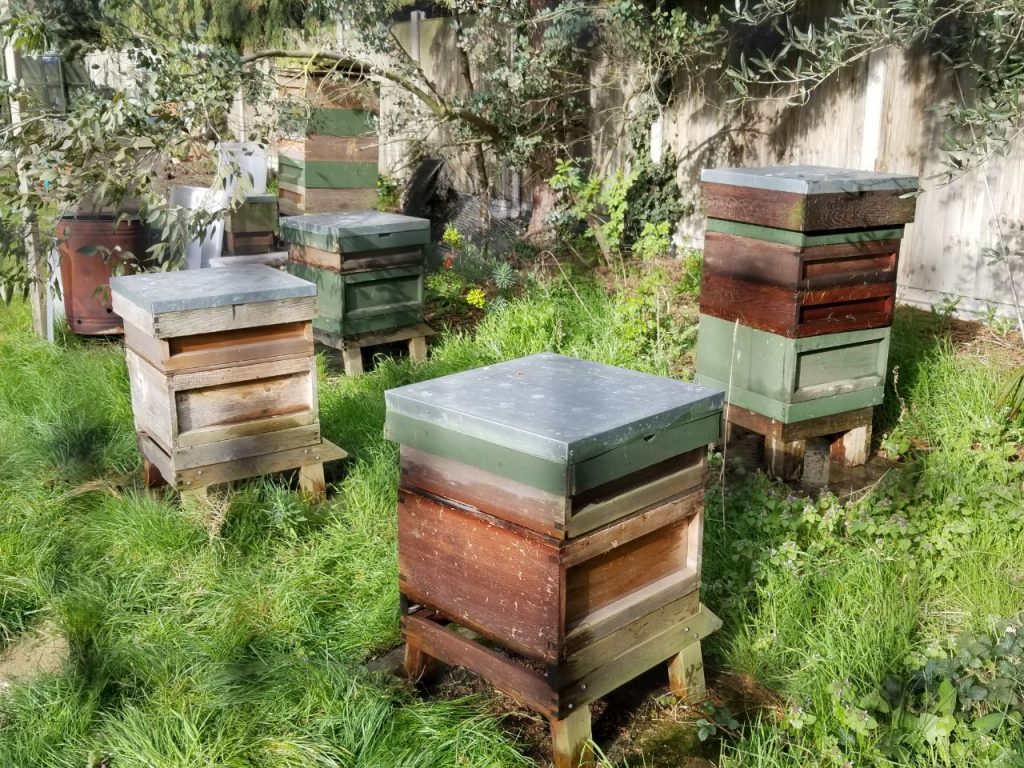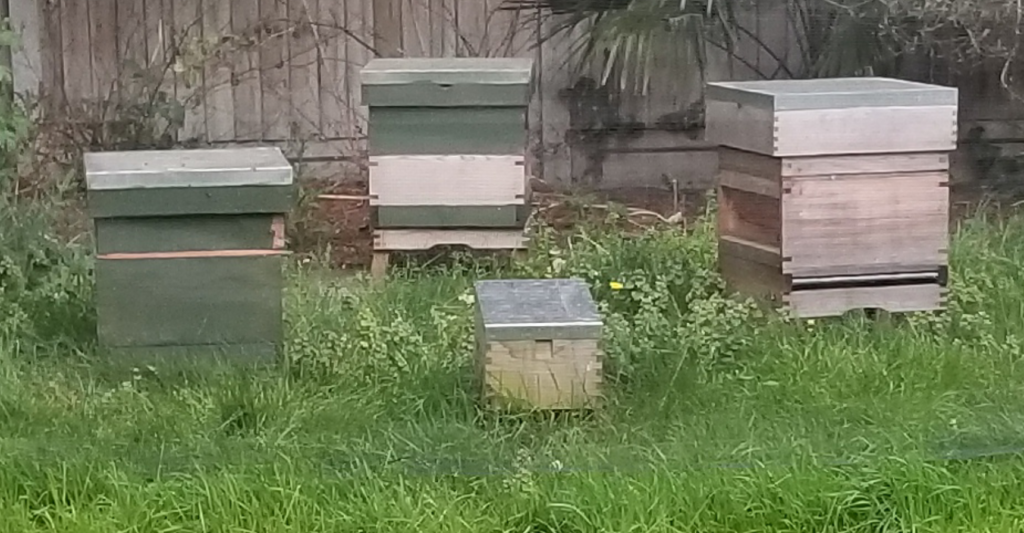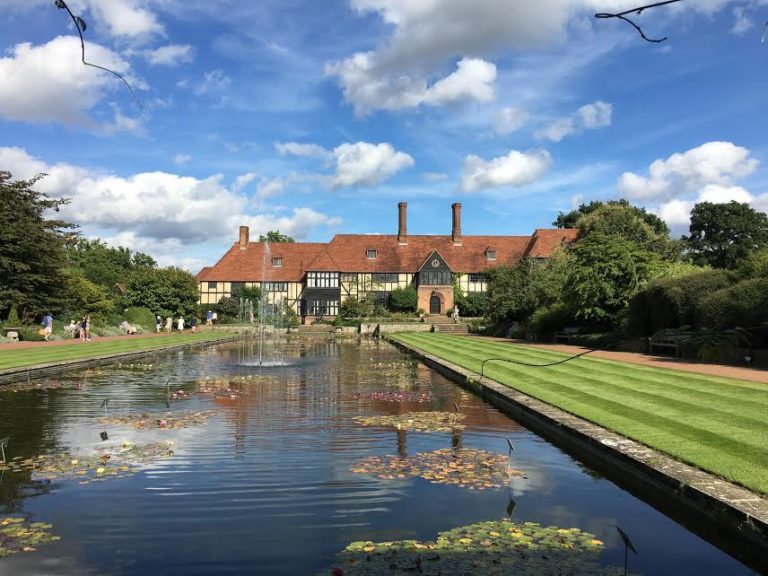The last few months will be an important chapter in our lives. Having worked as a doctor on a Covid-19 ward, I wanted to share with you some reflections and some lessons from my beekeeping experience.
The global pandemic
Before I begin, I want to take a moment to reflect on the tragic loss of life. Thousands of people have suffered and for their families the trauma will be raw and very real – my thoughts go out to all those affected. I also want to take this opportunity to thank my amazing healthcare colleagues, especially those working in intensive care, across the world who stepped up and made a difference.
Just 6 months ago, the world seemed like a different place. Everyone was going about their busy lives with hardly a moment to stop and think. Going into lockdown seemed counter to everything we knew – far from family, friends, workplaces, shops and the normality of life.
So much in life separated us, but since the pandemic, the world has been united on an extraordinary journey. We have, in a sense been on a global retreat. For many, it has been a very lonely and stressful time. But there has also been a unique opportunity to pause and reflect.
Hope and optimism
Out of this global difficulty and trauma have come remarkable stories of hope and optimism. No longer distracted by the outside world, neighbours have got to know each other, neighbourhood groups have been set up, and people have cared for and supported the elderly and vulnerable.
People have also rediscovered the beauty of nature – tending to their gardens like never before and valuing the open spaces that we take for granted. Nature itself has had an opportunity to rest from the constant threat that human civilisation poses on it. Pollution levels plummeted, the water cleared and the air was easier to breathe.
It has also connected people in ways we didn’t think possible with the use of Zoom calls and neighbourhood groups – new relationships have developed and old ones strengthened.
DrBeekeeper Doctoring
As a doctor, it has been an immense privilege to be able to do something to help at this time of need. It has required us all in the hospital to adapt quickly, to be strong in the face of adversity, and to have courage. When the pandemic first started, there was a lot of anxiety amongst healthcare professionals about the risk to their own lives and their families. Thinking about one’s own mortality has a way of sharpening your focus. But over time, we adapted, we became stronger and we tackled the problem head on putting our patients first.
For me, the saddest moments were working on a Covid-19 ward with sick and sometimes dying patients unable to see their relatives. It was a huge responsibility and honour to be there for our patients, to communicate messages from their families to sick relatives and to be able to support those affected by Covid-19.
DrBeekeeper Beekeeping
Time off work was an opportunity to reconnect with family and to value the simple things in life. For me, beekeeping was an opportunity for respite. When inspecting the bees I was able to some-how step out of the pandemic and into a new zone – an escape from reality! They buzzed around the hives, completely oblivious to the global pandemic.
Putting on my beesuit reminded me of the personal protective equipment (PPE) we had to (and still do) wear in the hospital. The beesuit, like PPE, seems a sign of humility in that we recognise the need to protect ourselves.
Listening to the bees, hearing the sounds of the birds, and connecting with nature in the moment really helps take your mind off everything. It connects you with the present. And whilst immersed in that moment there is no problem, whether in the past or future, that can disturb that tranquility.
A time to reprioritise
Covid-19 has forced us all to reprioritise what’s important. It has highlighted the importance of family, friends, and community. And it has strengthened my bond with the bees, who were there for me, while I tried to help others.

Take care and stay safe,
DrBeekeeper










